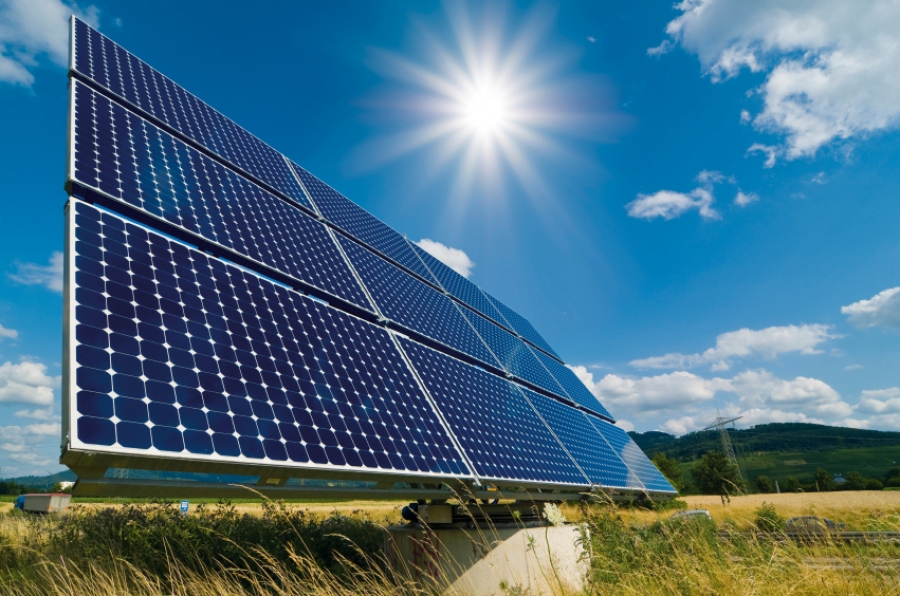ROI Behind Solar
Video
The economic case for installing solar electric panels on your house or place of business is a heavily discussed topic these days. With the green building movement in full force, photovoltaic (PV) systems are becoming more and more popular. In many cases, though, homeowners and small business owners lack the necessary information to make an educated decision on whether to go ahead with a photovoltaic (PV) system installation. In order to make an educated decision on a PV system, the owner must approach the purchase with the return on investment (ROI) in mind.

The ROI of installing a solar system is impacted by eight major factors, no matter the scope of the project.
- The cost of the TOTAL installed system: According to Rob Wayne of The Solar Store in Perrysburg, Ohio, the price of an entire installed system will usually range from $7,000 to $9,000 per each kW installed.
- Life of the system: Most manufacturers make similar predictions of the lifespan of their systems. The average typically falls into the 20-30 year range.
- Condition of the existing building: Often making improvements to a building’s envelope before installing a PV system will increase the ROI of both the building envelope improvements and the PV system installation.
- Cost of current electricity rates: Electricity rates vary throughout the country. According to the U.S. Energy Information Administration, the average residential rates range from 9 cents to 28 cents per kW/h. Higher electricity rates will often drive the economic case for installing a PV system.
- Region of the country: The amount of sun each region of the U.S gets varies tremendously. A 1 kW PV system in the Southwest region of the U.S. can produce up to 1,800 kW/h per year, while that same system in the Midwest may only produce 1,200 kW/h per year.
- Federal incentives: The U.S. federal government currently subsidizes the PV market through tax credits, deductions and accelerated depreciation. The most coveted of those is the 30% tax credit on an entire installed PV system. All of the federal incentives for PV installations can be found at www.dsireusa.org.
- State and local incentives: State and local incentives can include tax credits, grants, rebates, tax abatements, and even expedited building permits. Many of the state and local tax credits can be found at www.dsireusa.org.
- Solar renewable energy certificates (SRECs): SRECs represent the solar power produced by your installed system. They are available in only eight states and meet the demands of those state’s Renewable Portfolio Standards. SRECs can be sold yearly, or for the life of the PV system. Prices vary by state and can be studied more at www.srectrade.com.
As you can see, many factors can affect the ROI for a PV installation. However, focusing on the above eight factors will certainly increase your chances of an acceptable ROI for your project. When all is said and done, a residential PV system should have a payback of between 5 and 10 years in most cases. A commercial project, on the other hand, will typically do better, with payback ranging from 3 to 8 years. In addition to favorable paybacks, investment in a PV system will be free of inflation, which is very appealing when the possibility of increasing energy costs arises. In other words, PV systems make economic sense and are a viable option in both residential and commercial applications.

Michael Tolson MBA, LEED AP
Michael Tolson is an entrepreneur focusing on "green" real estate development in Toledo, OH and surrounding areas. He currently owns Tolson Construction, and The Tolson Development Company. In an attempt to further drive businesses, Michael has completed an Executive MBA and a Graduate Specialization in finance from the University of Toledo. His companies focus on commercial and residential buildings using the United States Green Building Council’s LEED rating system. With this in mind, Michael has earned his LEED Accredited Professional designation.

